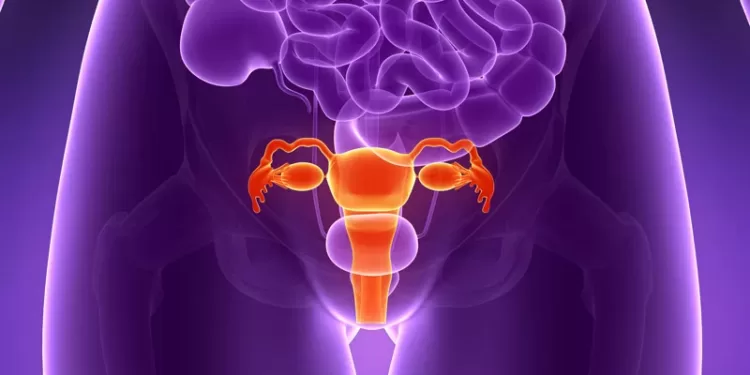Cervical cancer is one of the most widespread malignant tumors diagnosed in women. In terms of frequency, this type of cancer ranks second in the world after breast cancer.
According to specialists, cervical cancer is a preventable disease, as it most often develops against the background of precancerous conditions. It is essential to understand that oncological diseases require treatment — a malignant tumor will not resolve on its own. Therefore, timely consultation with a medical specialist and appropriate treatment are crucial.
There are two main types of cervical cancer: squamous cell carcinoma and adenocarcinoma.
In 80–90% of cases, malignant cervical tumors are of the squamous cell type. The remaining 10–20% are adenocarcinomas.
What causes cervical cancer?
It has been proven that cervical cancer is caused by the human papillomavirus (HPV). For this discovery, Harald zur Hausen was awarded the Nobel Prize in 2008.
When HPV enters the human body, the immune system usually eliminates it. Certain subtypes of the papillomavirus, however, can lead to diseases such as cervical dysplasia and genital warts (non-malignant conditions).
Medical statistics show that in over 90% of cervical cancer cases, DNA from high-risk oncogenic HPV subtypes (mainly types 16 and 18) is present.
It can take decades for the disease to develop after infection. During this period, precancerous changes in the cervical epithelium (dysplasia) can be detected, allowing for early diagnosis of cancer.
These changes can be identified through a cytological examination (Pap smear) taken from the surface of the cervix and cervical canal.
Thanks to the widespread use of this diagnostic method, the incidence of cervical cancer has significantly decreased worldwide.
What are the symptoms of cervical cancer?
The disease has both general and specific symptoms.
General symptoms include:
-
Weight loss and decreased appetite
-
Weakness
-
Fever
-
Dizziness
-
Excessive sweating
-
Dry and pale skin
Specific symptoms include:
-
Vaginal bleeding (especially after intercourse or between periods)
-
Lower abdominal pain
-
Swelling of the lower limbs and genitals
-
Urinary and bowel dysfunction
-
Anuria (inability to urinate), urinary retention, uremia
-
Severe infections of the urinary-genital tract
If any of the above symptoms appear, it is essential to consult a doctor immediately and undergo proper examination.
Stages of Cervical Cancer:
-
Stage 0 – Pre-invasive carcinoma (early development of the pathology); no obvious symptoms
-
Stage 1 – Invasive carcinoma, confined to the cervix
-
Stage 2 – Cancer spreads beyond the cervix but not to the lower third of the vagina or pelvic walls
-
Stage 3 – Cancer spreads to the pelvic walls or lower third of the vagina
-
Stage 4 – Cancer invades adjacent organs (rectum, bladder), coccyx, and/or metastasizes to distant organs
Metastases can reach up to 100 mm in size. Cancer typically metastasizes to regional lymph nodes, pelvic fat tissue, large blood vessels, and distant organs, including the lungs, pleura, liver, and other internal organs.
Treatment
Currently, treatment for cervical cancer includes radiation, surgery, and combined approaches.
The standard surgical procedure is an extended hysterectomy (removal of the uterus). This is mainly performed in patients with stage 1 or 2 cervical cancer. Chemotherapy may also be prescribed simultaneously.
The combined method usually includes both surgery and radiation therapy. Radiation therapy is almost always used in cases of invasive cervical cancer, both pre- and post-operatively.
In all cases, the choice of treatment approach depends on the patient’s condition and the extent of the cancer, and is determined by a medical specialist.
Karazanashvili Robotic Center offers cervical cancer treatment using methods that meet global medical standards.
Contact us:
Tel.: +995 322 23 40 23
Email: info@mmt.ge







